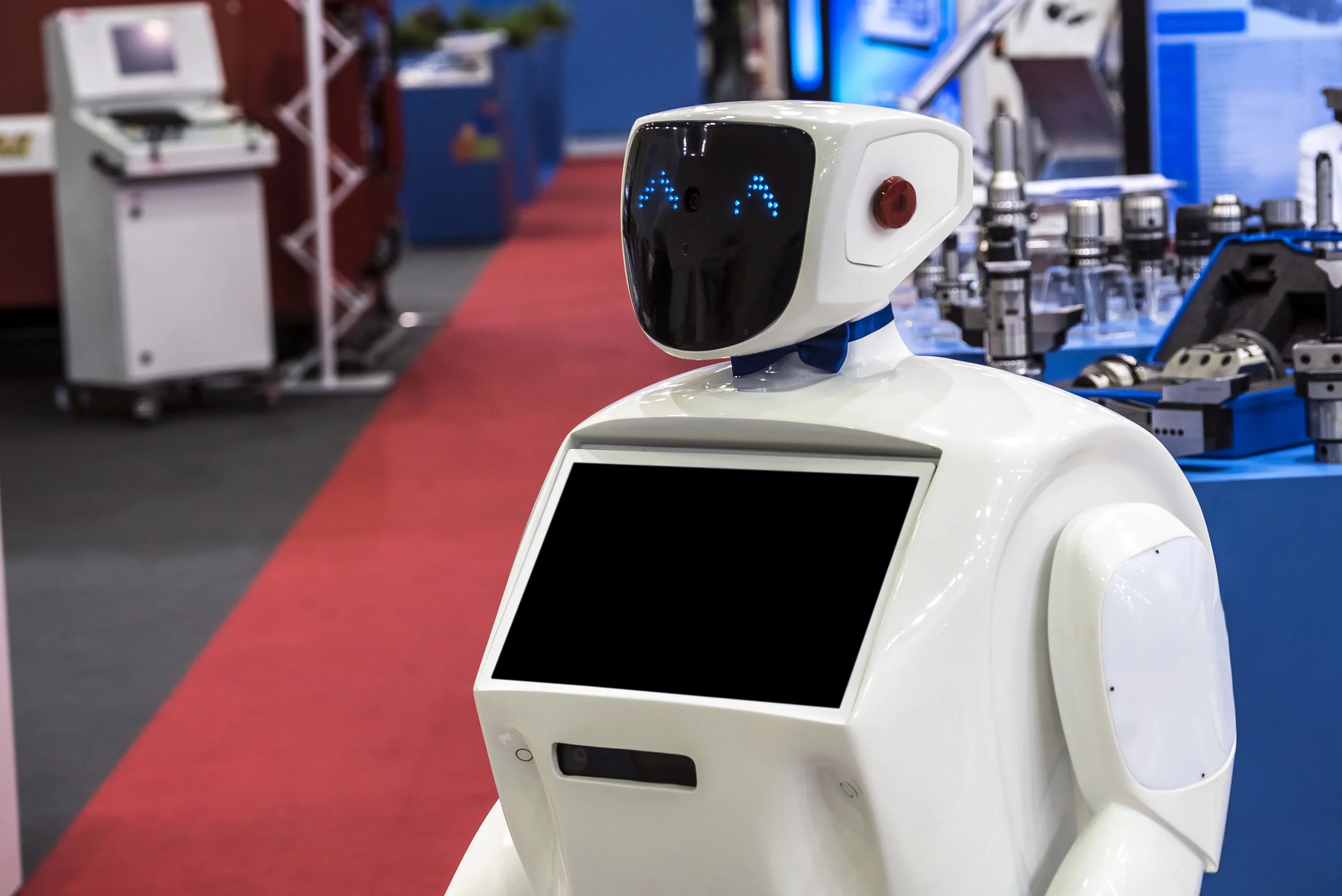Organizational Transparency in a Manufacturing Environment: A Case Study in Success*
Onex provides industrial furnace services ranging from burner tune ups through preventive maintenance and replacement.
Changing the corporate culture at an industrial manufacturing facility takes more than strategy and tactics. Building trust and setting clear expectations are critical to a successful corporate culture change. According to Ashleigh Walters, President of the industrial furnace manufacturer Onex, a healthy dose of “hard work, persistence, and grit” help as well.
When Ashleigh began working at Onex, the organization had multiple opportunities for improvement. A chemical engineer by training, Ashleigh was confident that she had the know-how to solve any type of problem. Ashleigh prioritized the most critical issues to begin working on first and then set about tackling each one. She began by making incremental improvements throughout the organization.
Realizing that a transparent and supportive work environment energizes employees and enables them to focus not only on the task at hand but also on continuous improvement, Ashleigh set about showing Onex employees that valuing workers and developing continuous improvement programs go hand-in-hand.
Organizational change in an industrial environment can be facilitated by helping team members “think outside of the box”.
One of Ashleigh’s most successful initiatives involved some internal Public Relations, a clear definition of expectations, and heartfelt expressions of gratitude for employees who engaged with the new initiative. Specifically, Ashleigh began her effort by putting up posters throughout her manufacturing facility that showed a person standing next to a box. The message was “think outside of the box.” Any employee who submitted suggestions as part of this program received an actual trophy that had a statue of a person outside of a box. Ashleigh then sent a handwritten thank you note to the employee who made the suggestion and included a cash incentive.
Ashleigh also began training employees on lean manufacturing techniques. One of these techniques, using a spaghetti diagram to optimize the flow of people and products on the shop floor, resulted in an operator reducing his daily on-the-job steps from more than 20,000 steps to about 5000 daily steps.
As training continued, Ashleigh discussed the concept that occasionally mistakes happen in manufacturing environments. The preferred method for dealing with mistakes involves taking ownership for what occurred, communicating the situation, discussing the immediate resolution of the situation, and, by determining what caused the situation, to put steps in place that would prevent the situation from recurring.
Ashleigh was gratified when the combination of continuous improvement training and a supportive work environment impacted how a recent production mistake was handled. A 2000 pound newly designed concrete part had been manufactured with the inadvertent omission of metal pieces that were integral to the part. Prior to the continuous improvement training and the corporate culture shift to a supportive work environment, that part would have been quietly discarded as scrap and remade. However, in this instance, the shift supervisor brought it to the attention of Ashleigh. When Ashleigh went on the shop floor to see what occurred, she asked what happened. When the supervisor indicated that a mistake had been made Ashleigh inquired how the mistake would be fixed in the future. The shift supervisor indicated that, going forward, each time a newly designed park went into production, a preproduction meeting would be held so that all team members would review the product design and the manufacturing process together. Team members could collectively think through the production process and proactively address any concerns. The shift supervisor indicated that this preproduction meeting should eliminate similar future errors. Ashleigh thanked the shift supervisor for bringing the situation to her attention and expressed support for his new problem-solving approach to avoid making the same mistake again.
Team members at Onex now feel empowered to contribute to continuous improvement initiatives that will help Onex improve product quality and help the company to strategically grow and improve profitability.
*Ashleigh shared these successes at the Women in Manufacturing Summit 2018.





